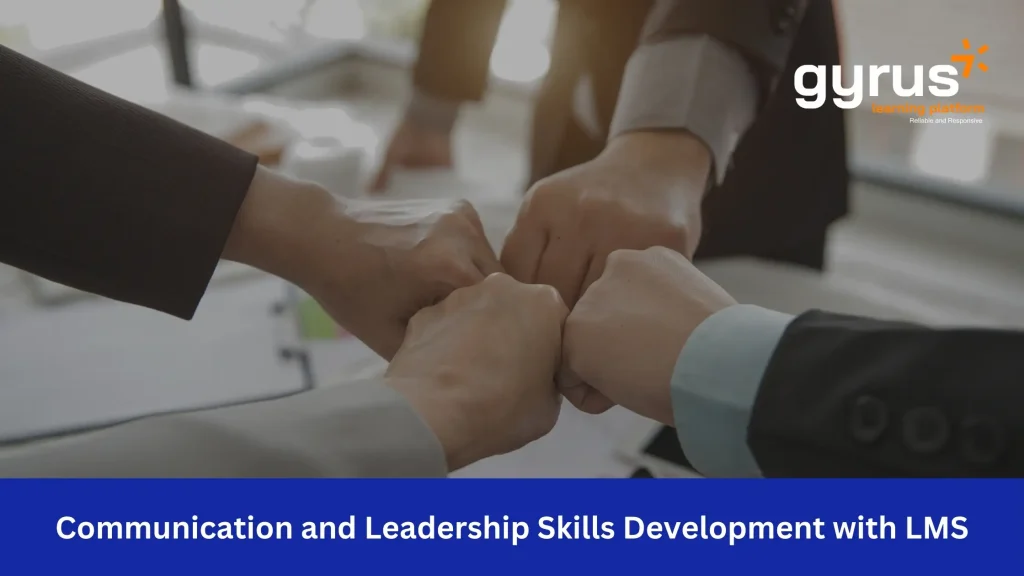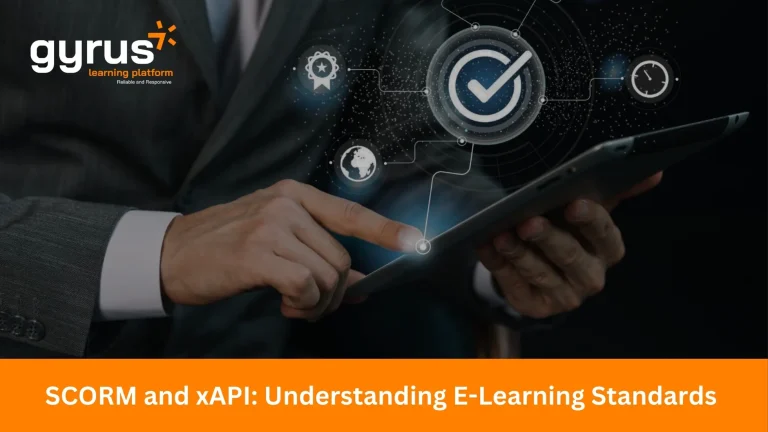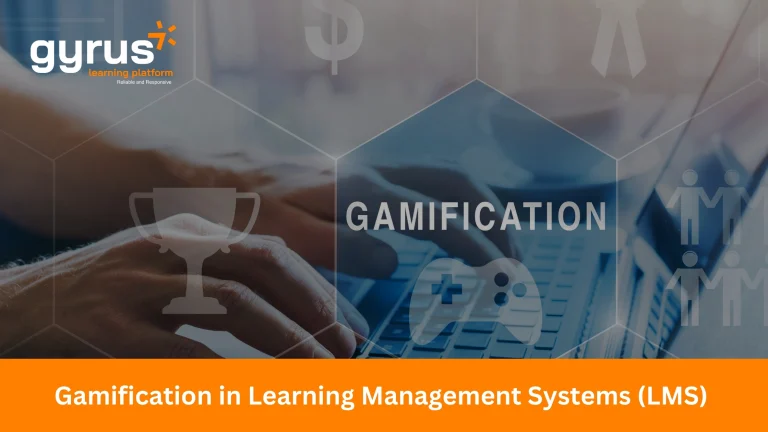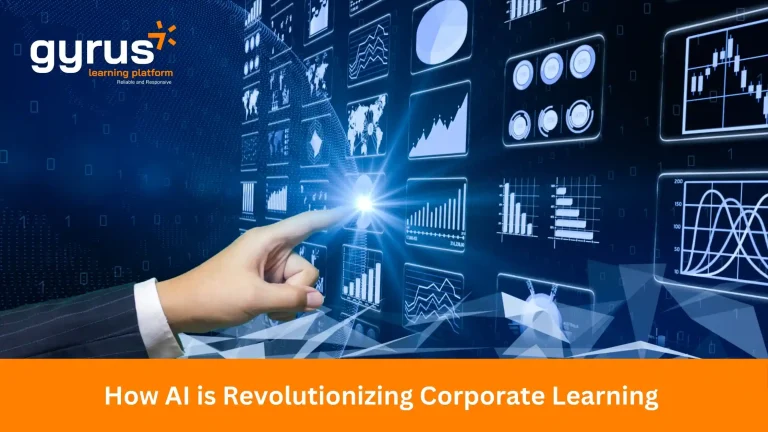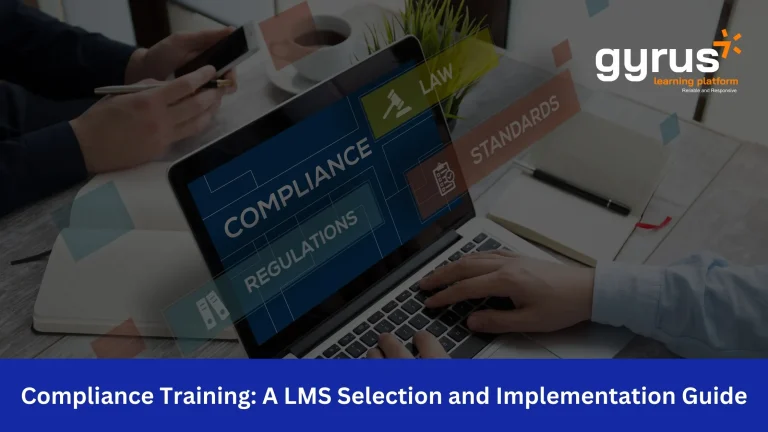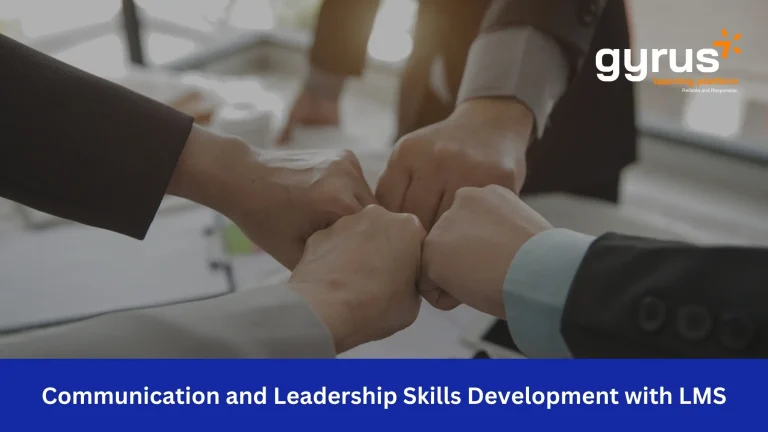Effective Communication Training (ECT) is an approach focused on improving an individual’s ability to convey and understand information from others. The training primarily focuses on developing the individual’s communication skills, active listening techniques, and adapting the communication styles according to different situations. ECT can be pivotal in resolving conflicts, improving collaboration, nurturing leadership skills, and building trust among team members.
ECT is especially crucial in today’s fast-paced and multi-cultural work environment. Strong workplace communication is necessary to develop leadership skills, improve professional growth, facilitate collaboration, reduce conflicts and misunderstandings, and boost employee engagement.
Organizations must invest in good learning management systems (LMS) to facilitate effective communication training. An LMS is a digital platform that allows organizations to create, deliver, manage, and track the effectiveness of online learning programs. It can provide centralized and valuable learning resources to develop employees’ communication and leadership skills.
Some of the LMS benefits include:
- Flexibility to learn at one’s own pace
- Cost-efficiency in delivering training
- Personalized learning experiences
- Continuous improvement through progress tracking and reporting
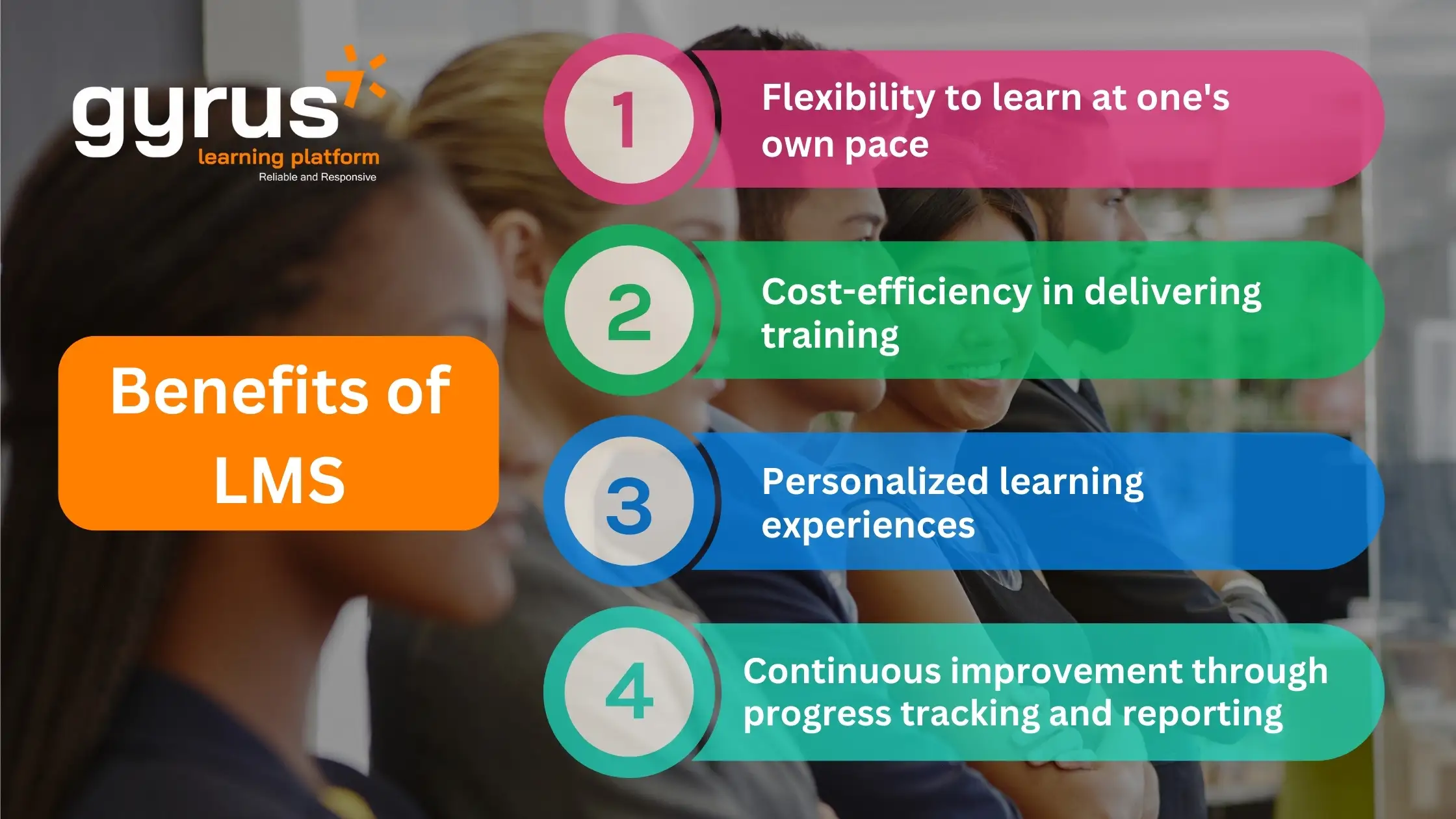
Understanding Effective Communication Training
Effective communication training includes several components that help organizations train leaders and employees on various skills to foster meaningful conversations.
8 Key Components of ECT (Effective Communication Training)
Some of the key ECT components include:
- Verbal communication: Verbal communication is the spoken words used for conveying ideas and messages.
- Non-verbal communication: There’s a popular notion that 70% to 93% of communication is nonverbal. Many messages are conveyed through facial expressions, body language, and gestures.
- Active listening: There is a vast difference between active listening and hearing. In active listening, the recipient actively listens to the message, interprets and understands it, and responds accordingly.
- Cultural understanding: Understanding each other’s culture is a critical ECT component for employees in different geographies. A good cultural understanding will help employees eliminate communication barriers and work collaboratively.
- Emotional intelligence: In today’s business landscape, where most operations use artificial intelligence (AI), traits like emotional intelligence and empathy have become rare. Emotional intelligence helps employees understand and manage their own emotions and those of others. An ability to understand and interpret emotions can help employees have better conversations.
- Presentation skills: Good presentation skills can help employees convey their ideas clearly to clients and teams and engage them.
- Digital communication: Since most employees work remotely, it’s hard to interpret a person’s message accurately without audio-visual cues. Digital communication involves using digital tools to collaborate with employees working across different geographies.
- Constructive feedback: There’s a thin line between criticism and feedback. Feedback can become criticism if it’s not constructive or helpful to employees. The objective of constructive feedback should be to support employees and focus on their improvement.
The Impact of Effective Communication on Leadership
Effective communication is a cornerstone of successful leadership. It helps leaders to:
- Share vision: Effective leadership communication helps leaders articulate their vision and expectations and share them with employees to help them align with the common goals.
- Set goals: ECT can help organizations set realistic goals, create a roadmap for employees, and clearly instruct them about their roles and responsibilities.
- Resolve conflicts: Communication in leadership teams can help the members mitigate conflicts, find common ground, and drive teams to implement solutions.
- Enhance collaboration: ECT promotes collaboration between leaders and different teams and fosters a culture of innovation and creativity.
- Motivate and inspire employees: Lack of communication between leaders and employees can lead to miscommunication and distrust. Leadership communication allows leaders to share their vision with employees, provide constructive feedback, acknowledge their achievements, and boost their morale to achieve the organization’s goals.
- Build trust: Trust is vital for an organization to function smoothly. Regular communication with teams builds transparency and motivates employees to follow the leader’s guidance.
Role of Learning Management Systems (LMS) in Skills Development
Introduction to Learning Management Systems
As more organizations undergo digital transformation, the need to replace offline training with online training has increased. Organizations have started embracing digital learning and using LMS to deliver training. LMS is a software application for creating, delivering, and managing online training. With its help, organizations can facilitate communication and collaboration among employees, instructors, and administrators across various geographies.
Benefits of Using LMS for Communication and Leadership Training
An LMS plays a pivotal role in employee skill development. There are various LMS benefits that help organizations with:
- Improving collaboration: LMS platforms encourage employees to communicate with each other using features like discussion boards, forums, and other communication tools.
- Personalizing learning experience: LMS platforms like GyrusAim LMS allow organizations to personalize employees’ learning paths based on their skills, experience, and roles. This helps organizations tailor course content, making it more engaging and relevant for employees.
- Making tracking and reporting effortless: Most LMS platforms, such as GyrusAim LMS, have built-in analytics and reporting features. These help organizations track employees’ progress, measure the program’s impact, and continuously improve the program.
- Scaling training across the organization: As organizations grow, delivering online employee training across geographies becomes hard. LMS can solve this problem by providing training to any number of employees.
- Reducing costs: Organizations can reduce training costs by replacing classroom training with digital learning and eliminating printed materials and traveling expenses.
Case Study: GyrusAIM LMS
GyrusAim LMS is one of the best LMSs for communication training. Its LMS features, such as a user-friendly platform, personalization, and scalability, have helped many organizations improve their training delivery.
Here’s a quick glimpse of how organizations benefitted from GyrusAim LMS.
- Bethpage Federal Credit Union wanted to eliminate manual training management. They used GyrusAim LMS to enhance training efficiency, track compliance, and improve internal communication among employees.
- Bizejet used GyrusAim LMS to help employees meet regulatory needs based on their job roles. Its easy-to-use platform helped employees manage their training schedule and receive tailored training.
- The New Mexico Department of Transportation (NMDOT) had to deliver stringent safety and job-related training to over 3,000 employees across six districts. GyrusAim LMS allowed NMDOT to delegate training responsibilities to regional managers to maintain compliance and operational efficiency.
You can read these and more case studies on our website.
Designing an Effective Communication and Leadership Training Program
Let’s look at how organizations can design an effective communication training program for employees and leaders.
Customization Options in LMS for Tailored Training Programs
LMS customization features allow organizations to deliver customized training. These features include:
- Customizing multimedia elements, such as videos, images, and other interactive elements.
- Developing adaptive learning paths to tailor the content and assessment based on employee’s learning styles, progress, and performance and offer personalized training.
- Assigning user roles and delivering role-based content to make training program more effective and relevant.
- Tools like GyrusAim LMS allow organizations to tailor the interface according to their branding guidelines.
- GyrusAim LMS also provides multi-lingual support by enabling organizations to deliver training in 15+ languages.
Incorporating Interactive Modules for Engaging Learning
Choose a tool with LMS interactivity features to increase engagement in training and design interactive training. Here are a few interactive elements organizations can incorporate to make learning more engaging:
- Use gamification to include game-like elements such as points, badges, and leadership boards to make learning more enjoyable and interactive.
- Develop simulation-based training to replicate real-life scenarios and provide a safe environment for employees to practice their skills before tackling real-world challenges.
- Include interactive elements, such as quizzes and assessments, to reinforce knowledge.
- Include videos, images, audio, and animation to make the learning experience more engaging.
- Break the content into small, digestible sections to help employees learn in small bursts. This allows employees to retain knowledge and learn faster.
Measuring Success: Assessing Communication and Leadership Skills
Utilizing LMS Analytics for Progress Tracking
LMS solutions have evolved since they were introduced in the early 90s. Today, they are not just tools for uploading and managing courses. They have advanced features like LMS analytics that provide benefits like progress tracking and performance management.
Organizations can use LMS analytics to evaluate and analyze employee performance data, identify bottlenecks, and make necessary improvements. They can also use it to track employee engagement and assess course completion rates and time spent on each module to determine if employees need support to complete effective communication training successfully. Additionally, organizations can use LMS analytics to understand employees and personalize the training program accordingly. The objective is to continuously improve the training programs to meet the evolving needs of learners.
Feedback Mechanisms and Continuous Improvement
Feedback mechanisms are essential to promoting continuous learning and improvement. They provide quick insights into the challenges employees face and enable organizations to plan improvement strategies and increase employee engagement. Implementing feedback in training helps organizations increase the ROI of training initiatives.
Overcoming Challenges in Communication Skills Development
Organizations face various challenges while delivering effective communication training and leadership skills development. However, many LMS platforms, like GyrusAim LMS, have built-in features that help organizations overcome these challenges.
Common Challenges in Communication Training
Sometimes, organizations face these challenges in communication training that impact their effectiveness:
- Resistance to Change: Sometimes, employees hesitate to adopt new communication training methods and prefer traditional in-class methods. This is especially true of older-generation employees who were not born in the mobile-first era.
- Lack of engagement: Even if employees choose to learn online, the limited interaction with peers and other team members could leave them uninterested and disengaged.
- Cultural Differences: The diverse backgrounds can lead to varying communication styles and alienate a few employees.
- Diverse Skill Levels: Similarly, no two employees possess the same level of communication skills, making it difficult for organizations to create an effective communication training course.
However, LMS platforms are helpful in overcoming obstacles. Let’s find out more.
How LMS Features Address These Challenges
LMS solutions offer a variety of features that can help in overcoming challenges of effective communication training and leadership development.
- Personalized learning experiences
To address the problem of varying degrees of communication skills, organizations can use LMS platforms to customize the course and learning path based on employees’ existing skills and goals. Features like adaptive learning paths and personalized recommendations ensure all employees access relevant training. LMS solutions like GyrusAim also offer multi-lingual support, making training more inclusive and personalized.
- Enhanced engagement
Some LMS solutions support features like gamification and multimedia content. This makes the training more engaging and breaks the monotony.
- Improved interactions
Organizations can use LMS solutions to create online communities and forums. These encourage employees to share ideas and thoughts, solve problems, and feel connected. An online community or forum is a great way to foster a sense of belonging among employees across different geographies.
- Safe learning environment
LMS solutions offer features like simulations that encourage employees to practice their communication and leadership skills without fear of judgment and boost their confidence.
- Continuous improvement
Most LMS solutions offer advanced reporting and analytics tools that help organizations determine the effectiveness of communication programs and continuously improve them to make them more impactful.
Future Trends in Effective Communication Training
Communication in the workplace is evolving. Today, employees use video conferencing, instant messaging, and other collaboration tools to communicate with other team members. Hence, organizations must be aware of future trends and emerging technologies to improve effective communication training.
Emerging Technologies in Communication and Leadership
Emerging technologies can play a significant role in the evolution of communication. Let’s look at some of them:
- Artificial Intelligence (AI): AI can provide personalized feedback and performance assessments within LMS platforms. It can assess employees’ communication skills and generate detailed and real-time feedback to help them improve.
- Data analytics: Data analytics can help organizations identify gaps in training programs and make data-driven decisions in future-proofing training. They can also use analytics to understand an employee’s skills and tailor the training program.
- Chatbots and conversational AI: Organizations can integrate them with LMS to improve interactivity. These features can help employees brainstorm, interact, seek information, and receive guidance to enhance their communication skills.
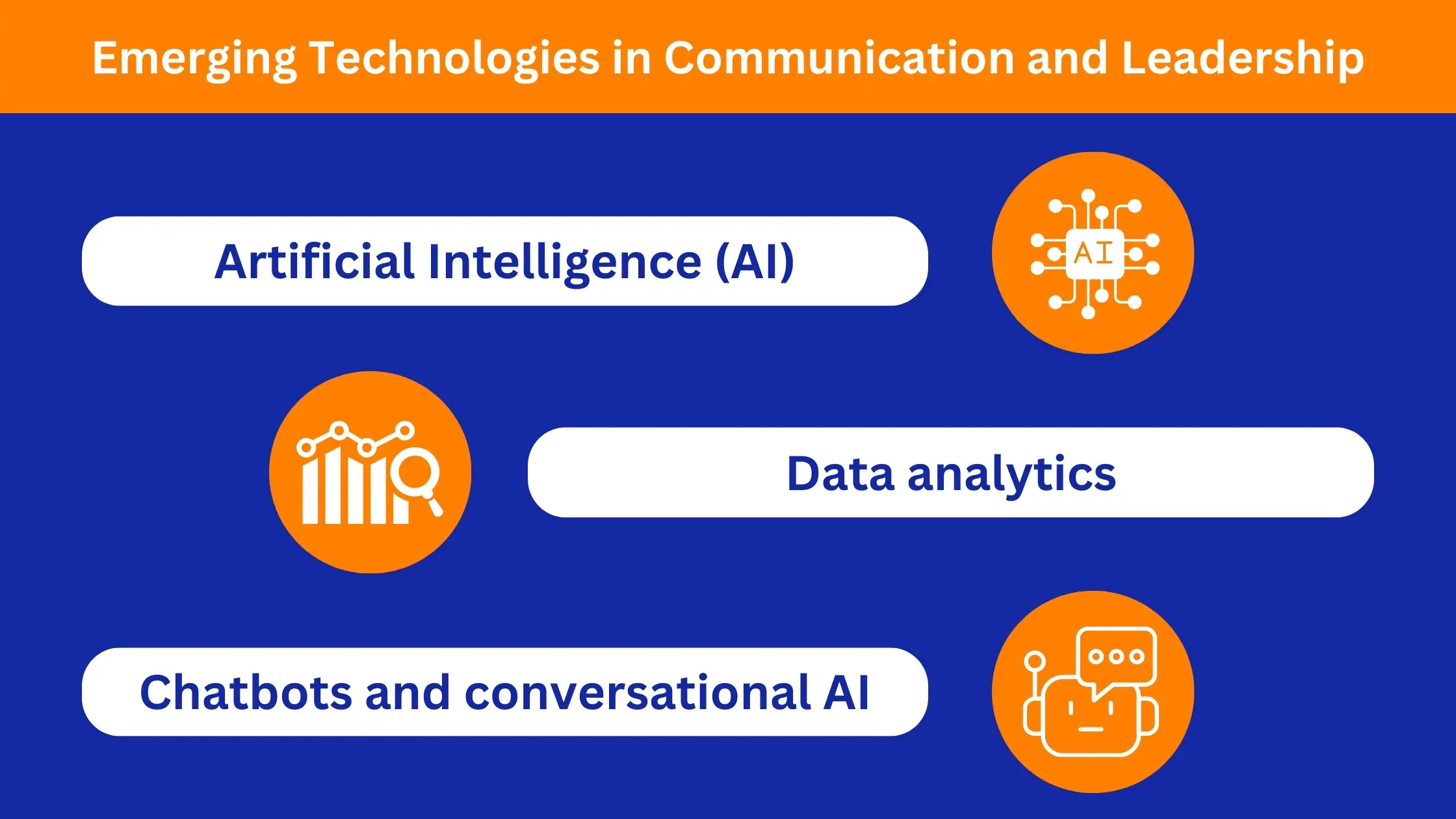
Adapting LMS for Future Training Needs
LMS evolution happens as communication evolves.
As communication and leadership development evolves, LMS must also adapt to the future needs of organizations and employees.
Future training needs will be tech-driven. Thus, future-proofing training is essential. Organizations can do that by incorporating emerging technologies like AI to enhance personalization and create customized learning paths, analytics to improve course content, and gamification to create an engaging and immersive learning environment for employees.
Conclusion
Effective communication and leadership skills are vital for success. As more organizations embrace remote and hybrid work, they could face challenges replacing offline with online training. The challenges could range from resistance to change and lack of engagement during training. Cultural differences could further pose training barriers.
To overcome these challenges, organizations must use LMS solutions. LMS helps organizations plan their implementation strategies and improve them continuously.
But more importantly, it provides features like personalized experiences, gamification, interactive modules, and advanced technologies like AI and data analytics that make communication and skills development engaging and immersive.
Book a free demo if you want to implement GyrusAim LMS in your organization.
